#plains native
Photo
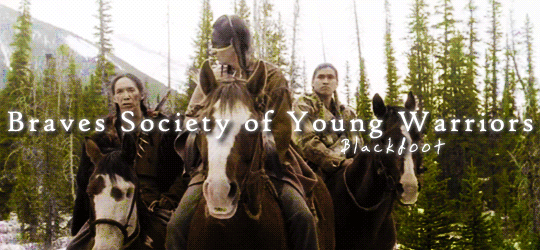

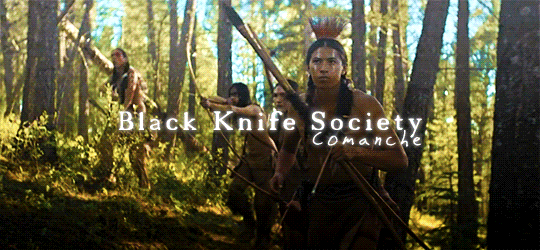

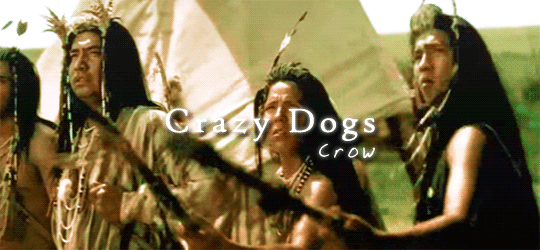
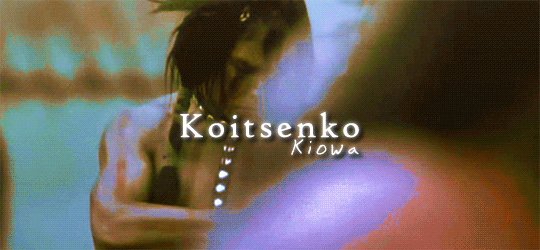


[image description: gifs stacked vertically of Native American warriors of various tribes, in traditional attire and in the fashion of their tribe. Text overlays on top of each gif, labeled, in order: “Brave’s society of Young Warriors, Blackfoot.”, “Women Warrior’s Society, Cheyenne.”, “Black Knife Society, Comanche.”, “Okichitaw, Cree.”, “Crazy Dogs, Crow.”, “Koitsenko, Kiowa.”, “Kit Fox Society, Lakota.”, “Iruska, Pawnee.”. end image description.]
Plains Native American Warrior Societies
(not an exhaustive list)
#historyedit#history#native american#plains native#plains indian#ndn#indigenous#native american history#first nations history#american history#canadian history#justin's edits
418 notes
·
View notes
Text
Someone tell me good things about the plains? Whenever I talk about moving to Saskatchewan or Manitoba somebody has something negative to day about the prairie.
9 notes
·
View notes
Text



Redraw of my first design for the plains au, I definitely would’ve drawn her with her regalia but the anatomy turned out too good to cover it up. Should note that the princesses are not the embodiment of the sun and moon but their horses. They’re just lil star horses or literally just referenced them off of parhelia. Heavily influenced by space in native stories or like the "star world" but it’s literally just space and what happens up there.
#my art#character design#native artist#mlp#plains au#my little pony friendship is magic#my little pony#princess celestia#mlp fim#mlp au#natives knew about aliens not click bait 👽
264 notes
·
View notes
Text
youtube
Centuries before we had American Sign Language, Native sign languages, broadly known as “Hand Talk,” were thriving across North America. Hand Talk would be influential in the formation of American Sign Language. But it has largely been written out of history.
One of these Hand Talk variations, Plains Indian Sign Language, was used so widely across the Great Plains that it became a lingua franca — a universal language used by both deaf and hearing people to communicate among tribes that didn’t share a common spoken language. At one point, tens of thousands of indigenous people used Plains Indian Sign Language, or PISL, for everything from trade to hunting, conflict, storytelling, and rituals.
But by the late 1800s, the federal government had implemented a policy that would change the course of indigenous history forever: a violent boarding school program designed to forcibly assimilate indigenous children into white American culture — a dark history that we’re still learning more about to this day. Because of a forced “English-only” policy, the boarding school era is one of the main reasons we lost so many Native signers — along with the eventual dominance of ASL in schools for the deaf.
Today, there are just a handful of fluent PISL signers left in the US. In the piece above we hear from two of these signers who have dedicated their lives to studying and revitalizing the language. They show us PISL in action, and help us explore how this ancient language holds centuries of indigenous history.
Read more from Melanie McKay-Cody on the history of Plains Indian Sign Language: https://shareok.org/handle/11244/319767
Check out Lanny Real Bird’s videos: / @lannyrealbird9015
Much of the footage of the 1930 Indian Sign Language Council isn’t online, but check out some of it here: https://commons.wikimedia.org/wiki/Fi...
Here are some original books we reference on sign talk: https://archive.org/details/indiansig...https://archive.org/details/indiansig...
The Smithsonian holds lots of photos and archives on Plains Indian Sign Language like this: https://www.si.edu/object/archives/co...
Sarah Klotz on how Native American boarding schools like Carlisle contributed to the loss of PISL: http://constell8cr.com/issue-2/the-hi.... She references archives that shows how students continued to use sign language like this one from the Carlisle Indian School Digital Resource Center: https://carlisleindian.dickinson.edu/...
#indigenous#native american#ndn#hand talk#asl#sign language#pisl#plains indian sign language#linguistics#boarding schools#indian boarding schools#Youtube
146 notes
·
View notes
Text
Happy Native American History Month!
There are several Native American sign languages, but Plains Indian Sign Language (PISL), also known as Hand Talk, is the most well-documented. This is the sign language of tribes in the plains region of the United States – Crow, Cheyenne, Flathead, Rocky Boy, etc.
PISL is interesting because, while it certainly helps D/deaf members of the tribes, it was historically used by hearing members for everything from communicating when spoken language wasn't an option (e.g., hunting, talking at a distance) to communicating when two people did not share a spoken language.
PISL is also interesting because, unlike many other sign languages I've encountered, facial expressions do not appear to be very important to the language's syntax. You can see an example of this in these two videos:
American Sign Language & Plains Indian Sign Language (PISL)
Comparing American Sign Language & Crow Sign Language (PISL)
If you would prefer a video with English audio translating the PISL, check out the Plains Indian Sign Language: Storytelling with Lanny Real Bird and Harry Sitting Bear video. Don't worry if you can't read the text on-screen for the first six seconds, that's just the video title.
138 notes
·
View notes
Text

Cree Moccasins, 1894-1960
[Image description: a pair of Native Moccasins made from deer hide. The inside and soles are a faded greyish-tan color. The outer rim of the foot of the moccasin has white beads with diamonds with alternating colors of blue and yellow, and lined thickly in red, evenly spaced against the white. The inside of the rim has a background of blue beads with a vertically stacked, dark yellow, horizontal diamond design, outlined with white that are outlined in red. A single white & red rectangle sits at the centre of the two diamonds. End image description.]
137 notes
·
View notes
Text


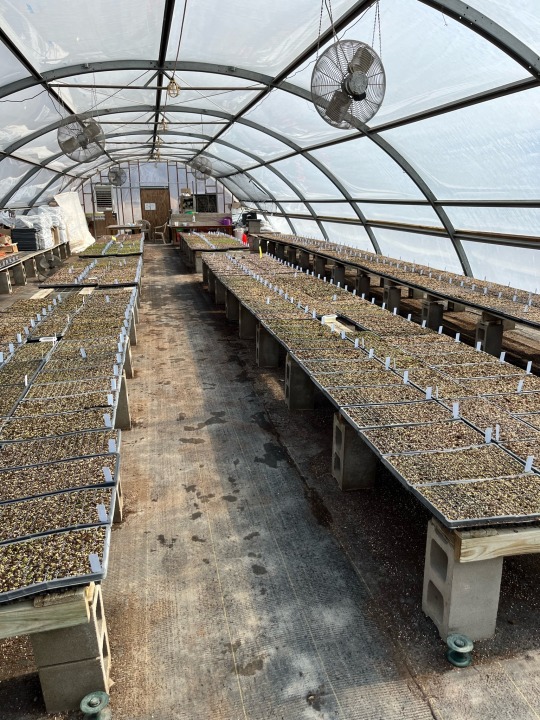
All the babies. Of the ~550 trays here, I personally seeded about 240 of them. Only the very early stuff is coming up, mostly the alliums and violets. Every single one of these was seeded by hand from seeds we stratified (unless they don’t require stratification). There are 70,040 cells in here and our germination rate is very high, we usually have just as many finished plants as there are cells started. So around 70,000 native plants will be sold to the public and some local government programs but they’ll all get planted somewhere. 70,000 more links in the chain for the ecosystem. 70,000 more chances a pollinator finds the plant they need to survive. 70,000 more root systems anchoring degraded soils. 70,000 more reminders that the earth is home for all of us, including those who cannot speak and are easily ignored.
This is the 5th season my boss has grown native plants for sale at this scale. So there may be as many as 350,000 plants out there that he ushered along into existence. To do all this work, stratifying and hand seeding, takes about two weeks (not including the 90 days the seeds just sit in the fridge). It’s not impossible, there’s very little mystery, once you find your rhythm it’s all very doable. You take the time to tediously tweezer a little gooey clump of seeds into a seedling cell 128 times and that’s one tray. You do that for 20 trays, that takes about 5 hours. You go to lunch. Repeat for two weeks. Your coworkers come in after you and do the same thing. Three people make enough plants to cover about 1.5 acres of land. It’s not changing the world but it is changing my town.
#native plants#nature#plants#gardening#greenhouse content#seeds#seed starting#spring#north america#great plains
51 notes
·
View notes
Text

24 notes
·
View notes
Text
Me realizing I wrote "alarm clocks" in my fic when I meant "alarm bells" 30 minutes after posting it.
I'd be ashamed but a) it's funny, and b) I'm too sick to care.
#personal#this is why you're supposed to rest when sick#covid is kicking my ass#i promise i will pay more attention to what I'm writing tomorrow#please remember i'm not a native speaker#and sometimes i'm plain dumb
34 notes
·
View notes
Text
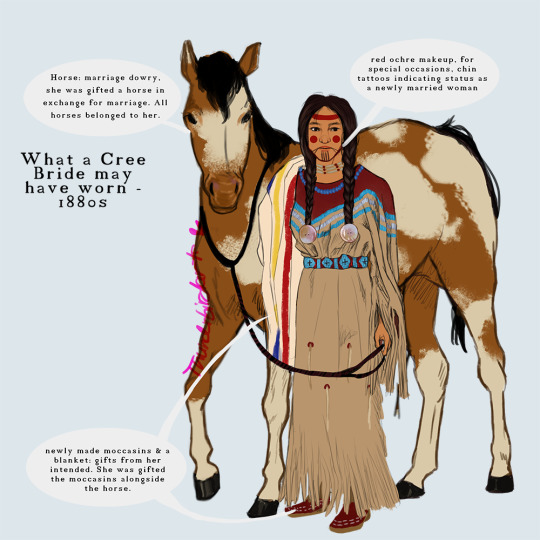
What a Cree Bride May Have Worn - 1880's.
[image description: semi realistic flat colored, digital drawing of a light brown skinned Cree woman with dark brown hair in braids, a cream colored tanned hide dress, who is leading an American Paint horse by a lasso. The Cree woman has two large dots of red ochre painted on the apples of her cheeks, and single line of red ochre across her forehead. She has 4 lined tattoos running down her chin, and to lines extending outward to make an inverted "V" from the corners of her mouth. Her braids are tied off with circular conch shell ties, and she wears a beaded blue belt with red triangular detailing, a blue beaded necklace, and a bone choker with red beads. She has red and white moccasins with a long, fringed dress, with red pigment yoke painted onto the dress, and blue and white quillwork underneath. She has a Hudson's Bay blanket over her right shoulder. Speech bubbles pointing to the relevant details are as listed in bullet points below. end image description.]
Weddings usually were not as formal, big events in Cree culture, but there were some formalities and gifts that were exchanged, including what's depicted here.
Horse: marriage dowry. She was gifted a horse in exchange for marriage. All horses belonged to her.
red ochre makeup, for special occasions, and chin tattoos indicating status as a married woman.
newly made moccasins and a blanket: gifts from her intended. She was gifted the moccasins alongside the horse.
1K notes
·
View notes
Text
girl gelp i literally woke up thinking about dwarven anatomy and specifically about sand and beach dwarves..... i am so autistic about this....
#crops#sand dwarves are built not to withstand the mines but for the heat of deserts and sandstorms. theyre skilled glassmakers.#beach dwarves are built to survive tropical storms and hurricanes and high water pressure. they carve driftwood and craft with beach glass-#--shells and shark teeth that wash ashore but never take more than they need#i think milder climates and environments (fields plains etc) dont have 'native' dwarves bc they dont suit dwarven lifestyles and natures#i have a lot of opinions abt dwarves im sorry but. yeehaw#for the most part bc there is no use for their wiry beards beachborne are free to grow or cut them as they please#their beards prevent black lung/sand/spore inhalation in other environments but it doesnt help with diving#(in my head diving is a huge part of the cultural trade of beachborne dwarves)#im sorry my brain likes to play with concepts for fantasy species like dolls!!! i love fantasy genetics!!!!!
8 notes
·
View notes
Text
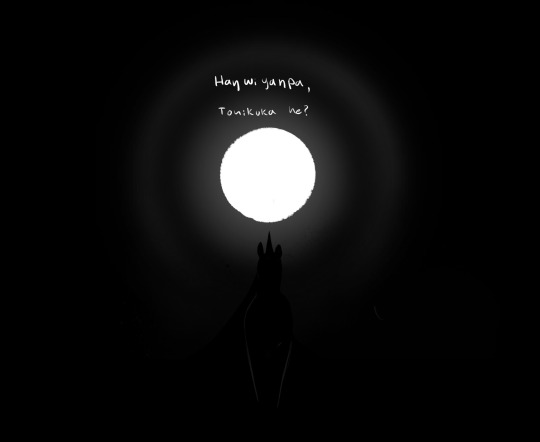

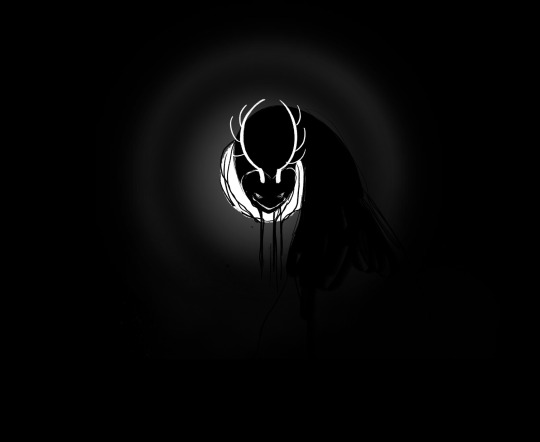

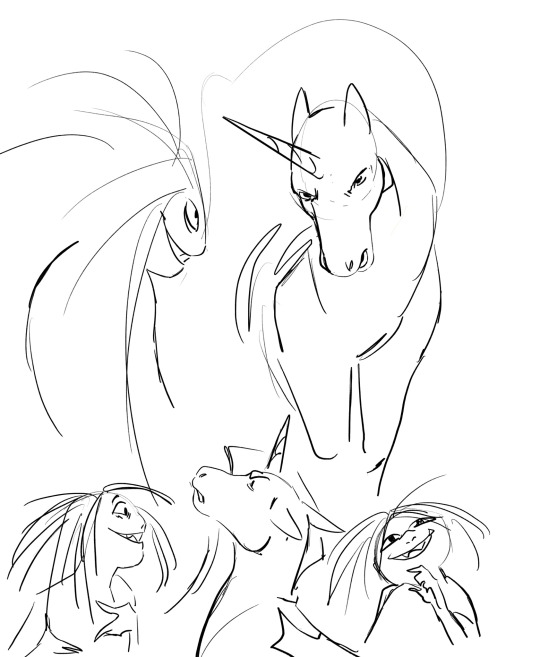

As I’m currently rendering like crazy on a plains au piece enjoy some old hanwinyanpa art
107 notes
·
View notes
Text
youtube
Sign language used by Native American peoples evolved as a way of communicating across language barriers, which proved valuable for trade, story-telling, and ceremonies. This was an interesting time in history when sign language was used alongside spoken languages. This footage is from the Indian Sign Language Council of 1930 (Plains Indian Sign Language - PISL).
Advice: Please note this video contains footage of deceased Indigenous people.
#indigenous#native american#video#sign language#plains indian sign language#language#ndn#indigenous languages#language stuff#linguistics#Youtube
91 notes
·
View notes
Text
To try to think a bit more positively about myself and prevent myself from doom spiraling again, I’m glad that I’ve read a point in living in a foreign country that I don’t panic if I need to make important phone calls out of fear of not understanding the language or procedures. Especially in Japan where all these places just use high level Keigo (polite language with special vocabulary and hierarchical rules). A few years ago I would have freaked out but now it’s just par for the course in my everyday life.
#I have so much privilege in being a native English speaker tho since so many resources are available in English too#pro tip don’t let anyone tell u Keigo isnt important when learning Japanese#if you’re living here as a working adult it’s something you might hear and see more than plain language#if you’re just studying to watch anime w/o subtitles or talk with family and friends it’s a different story tho#anyways that’s another speakpiece for another day#shut up cp
9 notes
·
View notes
Text
I wish all usamerican white latines a very before you complain about how no one in the us sees you as latine please consider why usian society is so focused on defining brown people as "non-american" because its not because they just love our culture so much
#thinking about when that guy on fox news told a native american political candidate to go back to his country#like oh I'm so sorry youre the Only White Puerto Rican that must be so hard for you#I would identify as just plain american if literally anyone actually believed that about me#not culture wise maybe but it's unusual that inside the us you have to specify your race/ethnicity all the time bc of how different#everything is based on it#I didn't word that well but wtv#txt
4 notes
·
View notes
Text
It dawned on me today that the vast majority of people probably don't know that plains indians used dogs to pull travois (pretty much exclusively before horses arrived, and in a supplementary fashion afterwards) and definitely have not seen pictures of it. Which is frankly, tragic! So I'm helping amend that issue-- enjoy some good boys and girls pictured at their important work





#the one with the baby... satisfied with his work for Sure#plains indians#native american#travois#vintage photography
7 notes
·
View notes